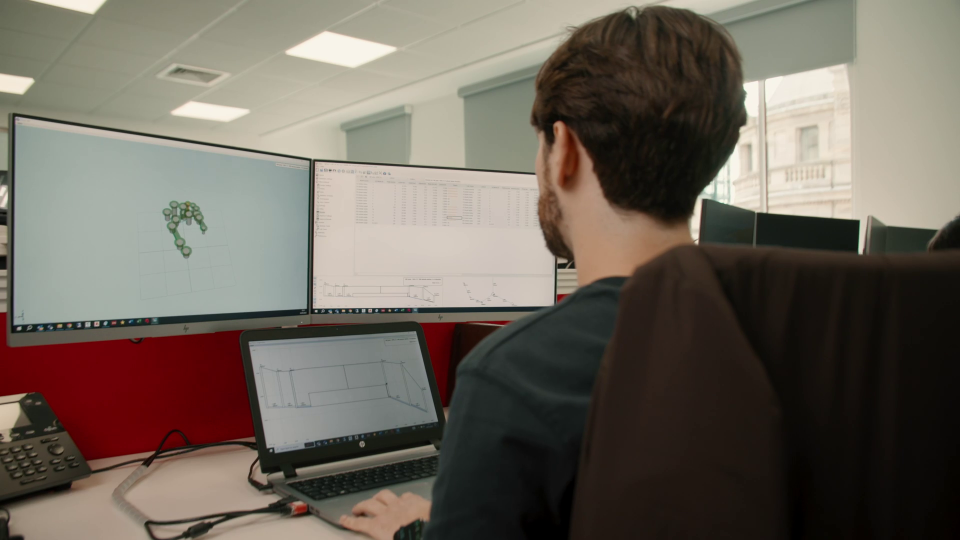This is the fifth webinar in the design automation masterclass series which focuses on how to quickly update drainage annotation in Causeway PDS using the lastest design automation tools.
The design automation masterclass series was developed to provide engineers with a deep dive into different areas of the design process. The webinars focus on the latest design automation tools developed by Causeway that enable engineers to streamline workflows and make time savings.
A major pain-point for design engineers in the design to drawing production workflow is drainage annotation in CAD. Requirements from either the customer or end client can often result in substantial editing in CAD to achieve the output styles to fit their standards. A further frustration is the amount of time-consuming rework needed in CAD when a project was subject to those almost inevitable last minute Client design changes.
That's why the latest developments in Causeway's infrastructure design solution introduced customisable drainage annotation styles in the Causeway PDS Drainage Module (PDD). These styles control output of the text contents for Pipes and Manholes e.g. pipe diameters, manhole invert levels etc. Different styles may be added to a library which can be stored on a central server location and made available to all users.
Another useful functionality is the ability to move the location of data boxes to avoid clashing or provide a clearer graphical output of information. A key part of this is the position or relationship to the source manhole is remembered during the subsequent import of amended files from Flow, Causeway's drainage design software.
Engineers can get far closer to the desired output in Causeway PDS substantially minimising the amount of CAD edits and rework required on the design drawings.
This webinar covers all the major aspects of Causeway PDS Drainage Annotation including the following topics:
- Configuring an Annotation Style and applying it to a drainage layout.
- Creating a new Drainage Style
- Assigning the Drainage Style to a section of the drainage network
- Repositioning annotation to avoid text clashing
- Importing a revised Flow design and its effect on the annotation
Recap on the whole Design Automation Masterclass Series:
1. How to implement design automation tools to quickly modify alignments
2. How to automate design and output production of drainage networks in CAD
3. How to automate drainage feasibility studies
4. How to automate the design of road markings and traffic signs
5. How to save time by automating drainage annotation deliverables
Want to learn more? Schedule a demonstration with our product specialists here.


%20adoption%20and%20approval%20in%20Wales.webp)
